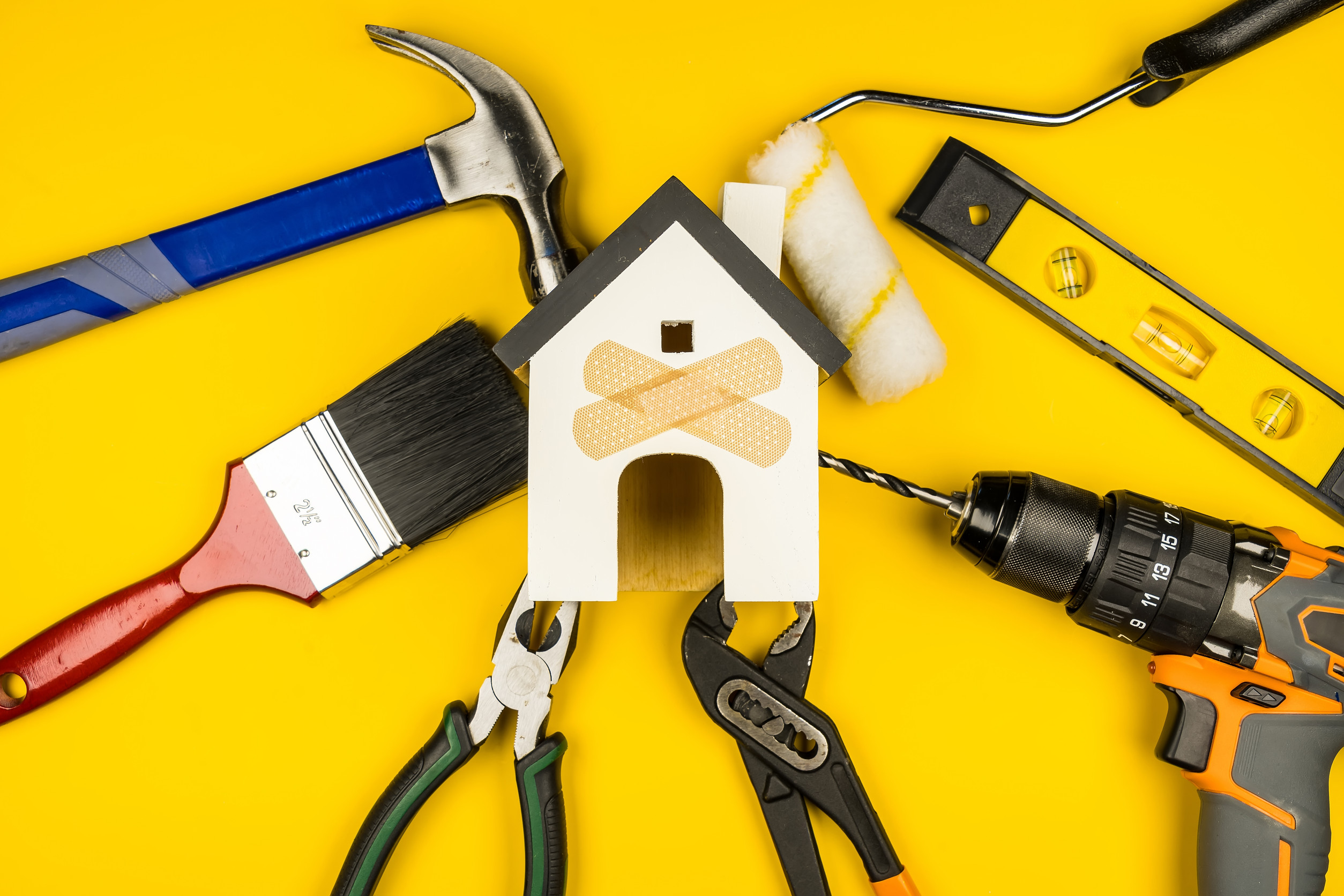Whether you’re paying or receiving them, child support payments are rarely a set-it-and-forget-it situation. Life changes, and when it does, those changes can significantly shift what you owe—or what you receive. Many parents are surprised to learn that even a seemingly minor change in circumstances can affect support calculations. Knowing what events might trigger a change gives you a chance to prepare, take action, and protect your financial stability. Here are ten common life changes that could impact your child support payments in ways you might not expect.
1. Job Loss or Change in Income
A change in income is one of the biggest factors that can alter child support payments. If you lose your job, switch careers, or take a pay cut, you may be eligible to request a modification. Courts generally expect parents to report income changes as soon as possible. However, not all income losses will result in immediate changes if the court believes it was voluntary or temporary. Documentation is key, so be prepared to show pay stubs, offer letters, or termination notices.
2. A Raise or Promotion
It might be great news for your budget, but a significant salary increase can also raise your child support payments. Courts aim to ensure the child maintains the same standard of living regardless of which parent they’re with. If you receive a big bonus, pay raise, or other financial windfall, the other parent may request a support review. This doesn’t mean every raise leads to higher payments, but it’s something to be aware of. Transparency helps avoid future legal trouble or resentment.
3. Change in Custody Arrangement
If you go from weekend visits to shared custody—or vice versa—expect your child support payments to reflect that shift. Courts calculate support based in part on how much time the child spends with each parent. A parent who takes on more physical custody may receive more support, or owe less. Make sure custody updates are formally documented, not just verbally agreed to. Otherwise, you risk disputes that affect both finances and parenting time.
4. Medical Issues or Disability
If you or your child experience a serious illness or become disabled, this can affect both the cost of care and your ability to earn. Parents paying support may qualify for a reduction if a condition limits income. On the other side, parents receiving support may need an increase if the child’s medical needs grow. Courts often require medical documentation and may involve additional hearings. Don’t wait too long to report these changes—delays can cause financial strain or legal complications.
5. Birth of Another Child
Adding another child to your family doesn’t automatically change your existing child support payments, but it can be a factor. Some states consider the responsibility to support additional children when recalculating support. This is especially true if the new child lives with you and you are the primary caregiver. However, courts usually prioritize the financial needs of the original child support order. It’s best to consult a legal professional to see how your state handles this situation.
6. Incarceration
If a parent paying child support is incarcerated for a significant period, it may be possible to reduce or pause payments. Courts generally won’t expect someone with no income to maintain regular payments, but modifications aren’t automatic. You or a legal representative must usually file a formal request. Keep in mind, arrears can continue to grow during incarceration if no changes are made. Acting early is essential to avoid a mountain of back payments later.
7. Remarriage of Either Parent
While remarriage doesn’t directly change your obligation to your biological child, it can have an indirect impact. For example, if your new spouse contributes significantly to household income, the court might consider this in some support scenarios. It may also affect eligibility for public benefits that influence support calculations. Likewise, if your co-parent marries someone who takes over financial responsibilities, they may no longer require as much support. Courts evaluate these situations on a case-by-case basis.
8. Change in Child’s Needs
Kids grow, and their needs evolve. From switching to private school to developing new medical or educational needs, these changes can shift the financial landscape. Either parent can request a modification based on new or increased expenses. Courts generally prioritize what is in the best interest of the child but will also consider the ability of both parents to contribute. Keep track of new costs and communicate early to avoid misunderstandings.
9. Relocation
If one parent moves out of state or a long distance away, the custody agreement—and therefore the support calculation—may need to be adjusted. Long-distance parenting often comes with extra travel expenses, changes in time-sharing, or even school-related costs. These shifts can trigger a support review, especially if one parent assumes more financial or logistical responsibility. Make sure moves are documented through the court to keep everything enforceable and up to date.
10. Agreement Between Parents
Believe it or not, some changes to child support payments happen simply through mutual agreement. While informal agreements may work short term, they’re not legally binding until approved by the court. If one parent fails to honor the new terms, the original order will still be enforced. That’s why it’s crucial to file any agreed-upon changes legally, even if things are currently amicable. Protecting yourself in writing helps avoid future headaches.
When Life Changes, Paperwork Should Too
Life rarely stays the same for long, especially when raising kids. Child support payments are designed to reflect real-life circumstances, not just numbers on a page. That’s why staying proactive, informed, and willing to communicate is the best way to manage changes with less stress. If your situation shifts, don’t ignore it—update your records, seek legal advice, and advocate for what’s fair. The more you keep the system in sync with your reality, the better it works for everyone involved.
Have you ever had to modify your child support payments? Share your experience in the comments to help other parents navigate the process.
Read More:
Here’s Everything You Should Know About The New Child Support Bill
Critical Now: 6 Discussions About Co-Parenting You Must Have









